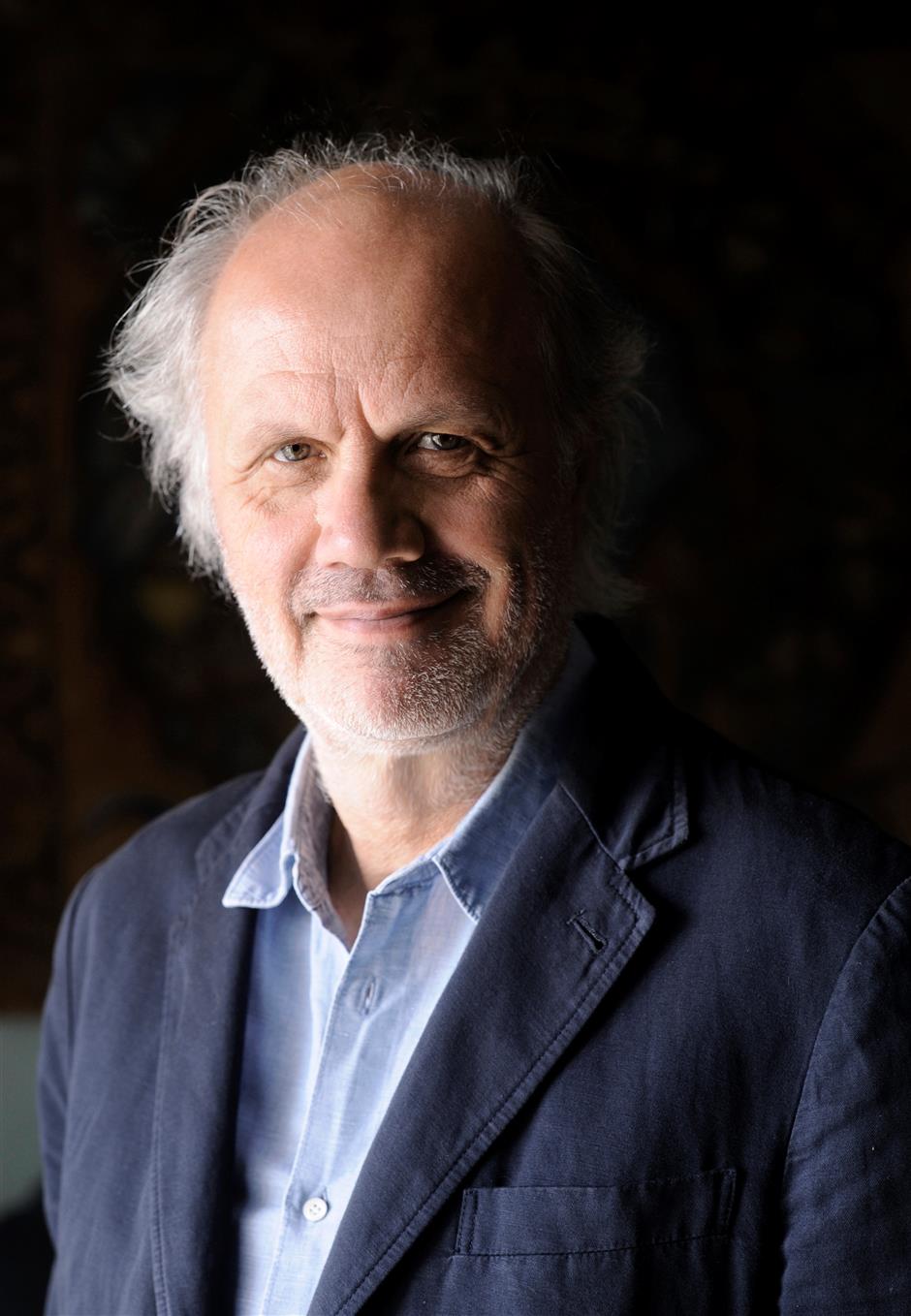Putting people at the center of the basic design process

Aldo Cibic
Who is he?
Aldo Cibic has been a notable figure in the history of the Italian design for 40 years. Together with Ettore Sottsass, Cibic founded the Memphis Group, changing forever the way we live at home. A few years later Cibic set up his own studio, the Cibic Workshop, one of the best-known architecture and design firms in Italy, where buildings and structures are planned and designed, and new ideas are put to the test.
Cibic Workshop collaborates on an ongoing basis with an international network of universities, research centers and business incubators for the development of new design methods, focusing on the idea that people should always be at the center of the underlying design process.
Tell us some of your works, and name the one you are most proud of?
I design architectures, interiors, objects and ways of living for communities.
The projects I love the most are:
Close to a beautiful sea in the south of Turkey. I’ve done a small stone village for a community of friends, which is a great place for gathering in the summer time.
An apartment in Venice, on top of a Gothic palace with a Chinese mood. This was the first project I did when I started my own studio.
It’s kind of ironic that the other one I love the most is the last one I did — a very small house in the suburbs of Shanghai, where I live now, enjoying for the first time a very simple life in a nice, kind community.
My favorite design object is an iconic and ironic carafe, named Piggy (for paolac.com).
My great passion is to imagine how the life of people could be.
“Microrealities” and “Rethinking Happiness,” two research projects presented at the Venice Architecture Biennale in 2004 and 2010, are visionary narratives in new forms of communities referred to urban regeneration and new communities in the countryside.

Stone Houses Village in Fethiye Bay, Turkey
Are you currently involved with any project?
The reason that I came to live in Shanghai is the desire to realize projects related to new communities in the city and in the countryside. With the Design & Innovation college at Tongji University, we have almost finished the urban revitalization project “NICE Commune neighborhood 2035,” and we are now starting to work on the regeneration of Chifeng Road, which is the street near Tongji University.
At the same time, in the countryside, we are starting a project in a new community on the outskirts of Shanghai.
I am also working on different projects of design, architecture and interiors.
Describe your design style?
I don’t like the word “style.” I like the idea that when you do a new creation you hope that it has its own soul. I think that when it has a soul, it can last forever.
Where are you most creative?
Creativity for me is an attitude toward life.
I think that there is a sort of ‘fil rouge’ through all my work: the glass carafe Piggy, the oriental house in Venice or the community research project Rethinking Happiness, they all reflect the same aesthetics of vitality.
What does your home mean to you?
It’s the first time in my life in which I experience living in a very small house, with very few objects and very few clothes. It made me find a new, much simpler, humble way of living.
I discovered that there is no need of many things to live well. I feel at ease when I can live the rituals of every day, having the pleasure of feeling that the house is perfect in every detail.
What do you collect?
I collect many small objects because I like arranging them to build some kind of small works of art to keep me company, establishing a sort of emotional relationship.
Where would you like to go most in Shanghai?
I like to stay in the sun on the terrace of M on the Bund; in the same way, leaving from my house, I love to get lost without direction in the suburbs of the city on a Hellobike.
What will be the next big design trend?
There has never been so much need for creativity as today, and not just in design, but in all different fields.
The environment is the No.1 issue for all of us.
We are all called to give our best to invent, imagine and realize whatever is finalized to allow us and the next generation to have a future.
















